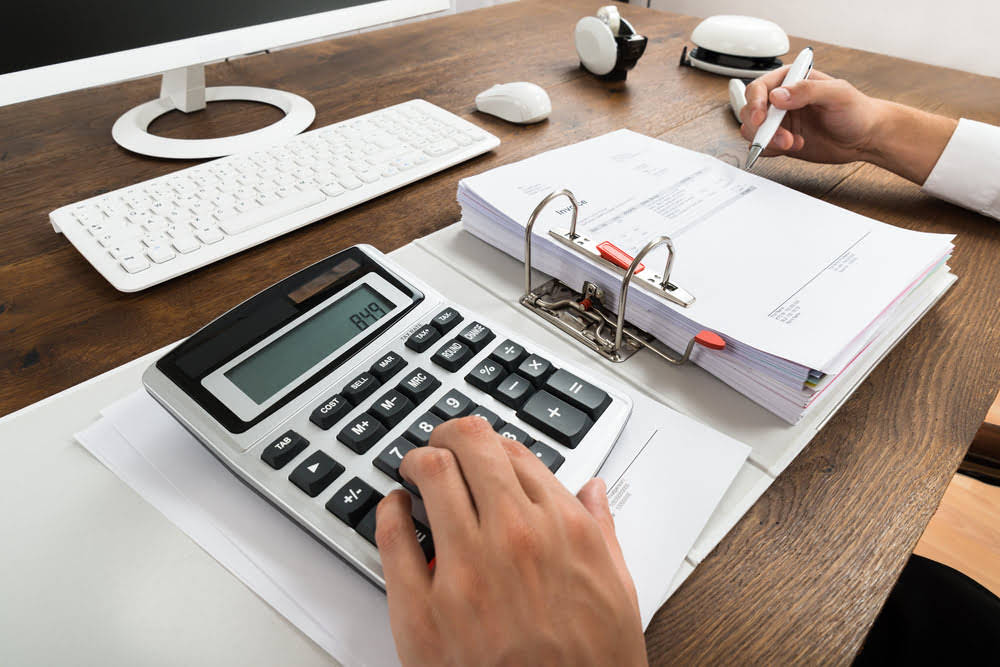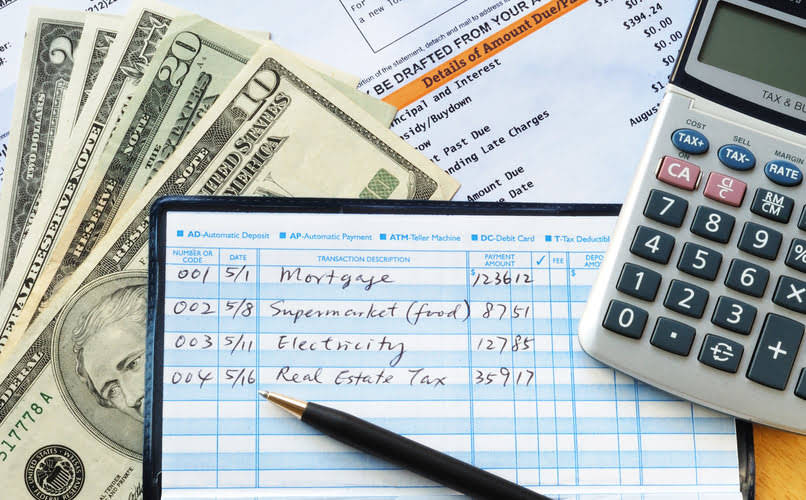Content

After 12 full months, at the end of May in the year after the business license was initially purchased, all of the prepaid taxes will have expired. If the company would like to continue to do business in the upcoming year, it will have to prepay again. The $100 balance in the Taxes Expense account will appear on the income statement at the end of the month. The remaining $1,100 in the Prepaid Taxes account will appear on the balance sheet. This amount is still an asset to the company since it has not expired yet. The $1,000 balance in the Rent Expense account will appear on the income statement at the end of the month.
This journal entry can be recurring, as your depreciation expense will not change for the next 60 months, unless the asset is sold. The journal entry will be made at the end of each accounting period as usage or consumption occurs and corresponding expenses are verified. Without this adjusting entry, the income statement will show higher income and the balance sheet will show supplies that do not exist.
Example: Adjusting Entry
The first entry closes the purchase accounts (purchases, transportation in, purchase discounts, and purchase returns and allowances) into inventory by increasing inventory. Under the perpetual inventory method, we compare the physical inventory count value to the unadjusted trial balance amount for inventory. If there is a difference (there almost always is for a variety of reasons including theft, damage, waste, or error), an adjusting entry must be made. If the physical inventory is less than the unadjusted trial balance inventory amount, we call this an inventory shortage.
By doing so, the effect of an adjusting entry is eliminated when viewed over two accounting periods. For deferred revenue, the cash received is usually reported with an unearned revenue account. Unearned revenue is a liability created to record the goods or services owed to customers.
Accrued Salaries
At the end of the accounting year, the ending balances in the balance sheet accounts (assets and liabilities) will carry forward to the next accounting year. Adjusting entries, also called adjusting journal entries, are journal entries made at the end of a period to correct accounts before the financial statements are prepared. Adjusting entries are most commonly used in accordance with the matching principle to match revenue and expenses in the period https://www.bookstime.com/articles/adjusting-entries in which they occur. In accounting/accountancy, adjusting entries are journal entries usually made at the end of an accounting period to allocate income and expenditure to the period in which they actually occurred. The revenue recognition principle is the basis of making adjusting entries that pertain to unearned and accrued revenues under accrual-basis accounting. They are sometimes called Balance Day adjustments because they are made on balance day.

If you have a bookkeeper, you don’t need to worry about making your own adjusting entries, or referring to them while preparing financial statements. If you do your own accounting and you use the cash basis system, you likely won’t need to make adjusting entries. If you do your own accounting, and you use the accrual system of accounting, you’ll need to make your own adjusting entries. To make an adjusting entry, you don’t literally go back and change a journal entry—there’s no eraser or delete key involved. Notice how the ending inventory balance equals physical inventory of $31,000 (unadjusted balance $24,000 + net purchases $166,000 – cost of goods sold $159,000). Here are the Supplies and Supplies Expense ledgers AFTER the adjusting entry has been posted.
Prepare the Adjusted Trial Balance
Here are descriptions of each type, plus example scenarios and how to make the entries. We now record the adjusting entries from January 31, 2019, for Printing Plus. A physical inventory is typically taken once a year and means the actual amount of inventory items is counted by hand. The physical https://www.bookstime.com/ inventory is used to calculate the amount of the adjustment. During the month you will use some of these taxes, but you will wait until the end of the month to account for what has expired. A business license is a right to do business in a particular jurisdiction and is considered a tax.
All adjusting entries will affect one income statement (revenue or expense) and one balance sheet (asset or liability) account. An adjusting journal entry involves an income statement account (revenue or expense) along with a balance sheet account (asset or liability). It typically relates to the balance sheet accounts for accumulated depreciation, allowance for doubtful accounts, accrued expenses, accrued income, prepaid expenses, deferred revenue, and unearned revenue. The mechanics of accounting for prepaid expenses and unearned revenues can be carried out in several ways.
